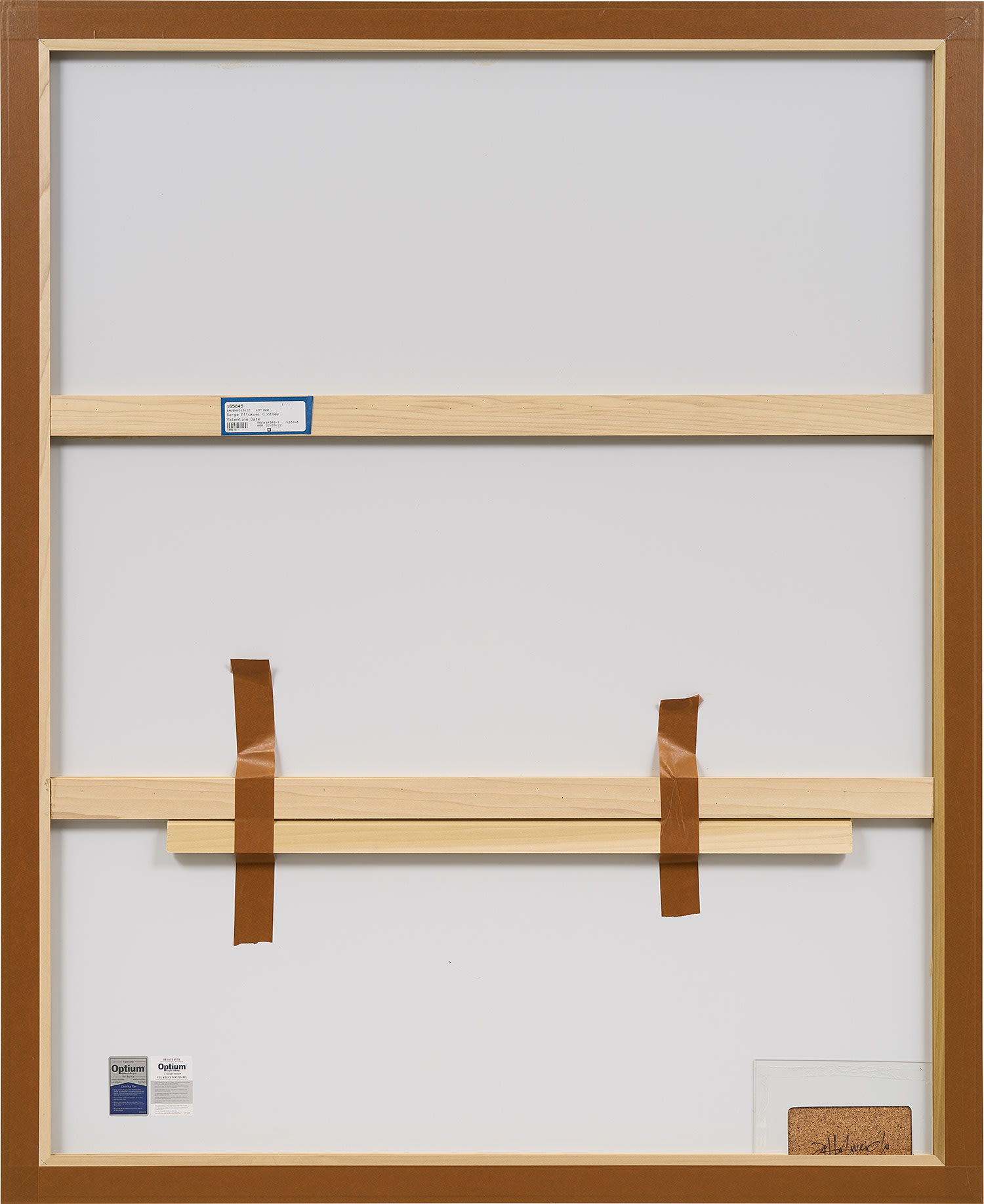





Property from a Distinguished Private Collection
43
Serge Attukwei Clottey
Valentine's Day
signed and dated 'AttukweiClo 2020' on the reverse
duct tape, acrylic and charcoal on cork board
148.4 x 120.4 cm. (58 3/8 x 47 3/8 in.)
Executed in 2020.